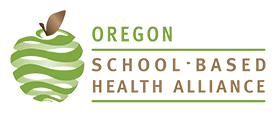6 March 2019 By Student Health ...
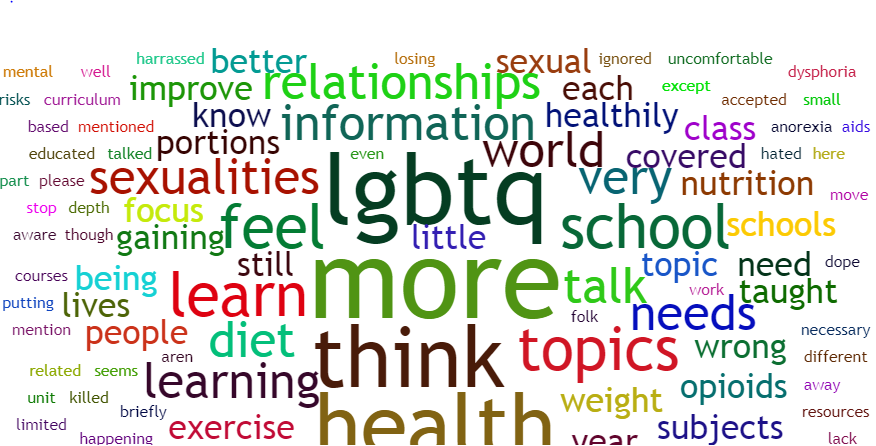
This blog post is by Sienna Day, a member of OSBHA Student Health Advocates.
The Milwaukie High School Youth Action Council is currently conducting a Youth Participatory Action Research Project. As the leader of this council, I am proud to present some of our most recent findings. As a group, we have identified the North Clackamas health curriculum as a focus. With this focus, we hope to identify gaps in the health curriculum and provide future supplemental lessons to give students a thorough health course. Many members felt dissatisfied with their experience in the classes, and wish to see it expand to encompass a more extensive array of topics; providing resources and varied coursework.
This dissatisfaction led to the formation of a survey, to gauge the opinion of the MHS student body. We asked a few simple questions:
- “What topics do you feel uninformed about after taking the health class?”
- “What do you feel you know more about after taking the health class?”
- “What sexual and gender identities were covered in detail in your health class?”
- “Which of the following topics were you given information resources for in your health class?”
- “Is there anything else we should know about the MHS Health curriculum?”
The horizontal axis of each graph displays the possible answers for each question, students were able to pick multiple responses to each question.
We determined these questions by using YAC members as a focus group as each student had taken or was currently taking a health course. Each person took turns explaining their experiences, and through this, we found several common themes. Almost every member felt there wasn’t enough information on LGBTQ+ sexual health, some had even felt wholly removed from the course due to this. Another key finding from the focus group was that members felt that not enough resources were provided for different topics. For instance, though the teacher touched on hotlines, they did not give the numbers for them. With our survey formatted we sent it to both health teachers, and they had their classes take them at the end of their semesters.
The results were mixed with Health 2 students displaying confidence in all areas aside from diet and physical health. When asking the health teachers about this dramatic difference they informed us that the unit was not completely covered due to a more in-depth exploration of other units, explaining the data. This leaves mental health as the next topic that students feel uninformed about, a misunderstanding that is reflected in the Health 1 data. Where sexual health and drugs and alcohol are covered quite well, mental health is left with a staggering 46.8% of Health 1 students feeling uninformed.
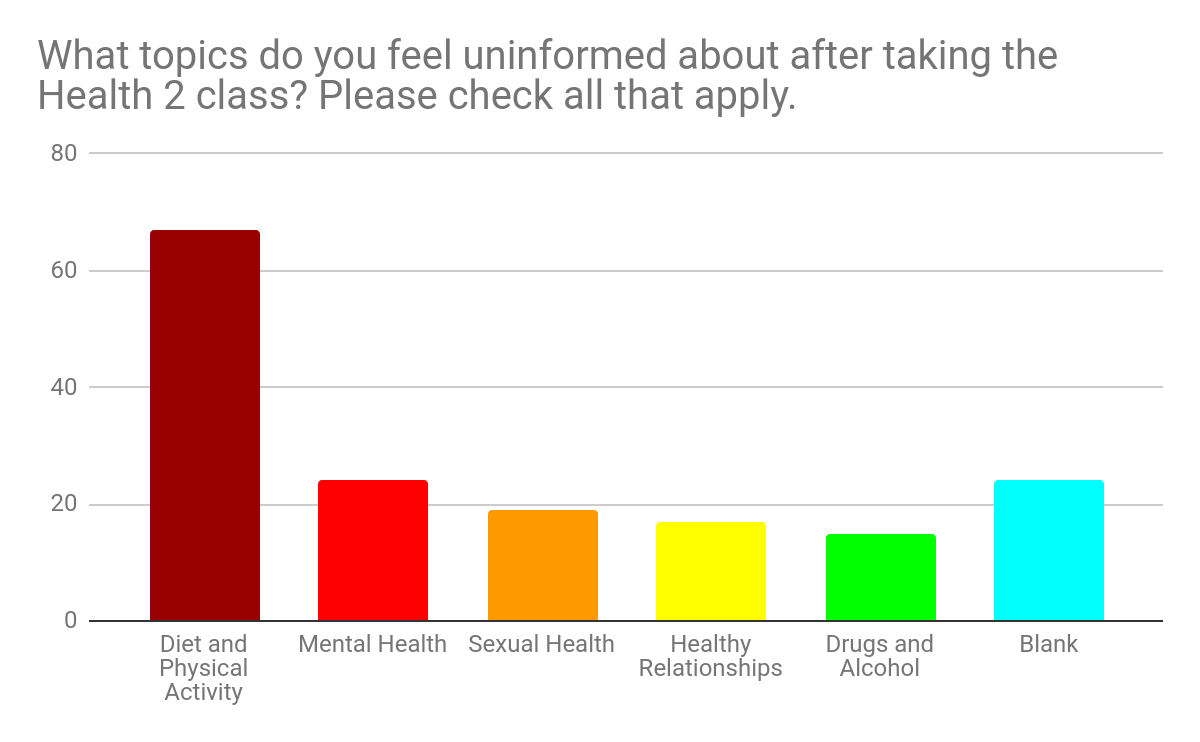
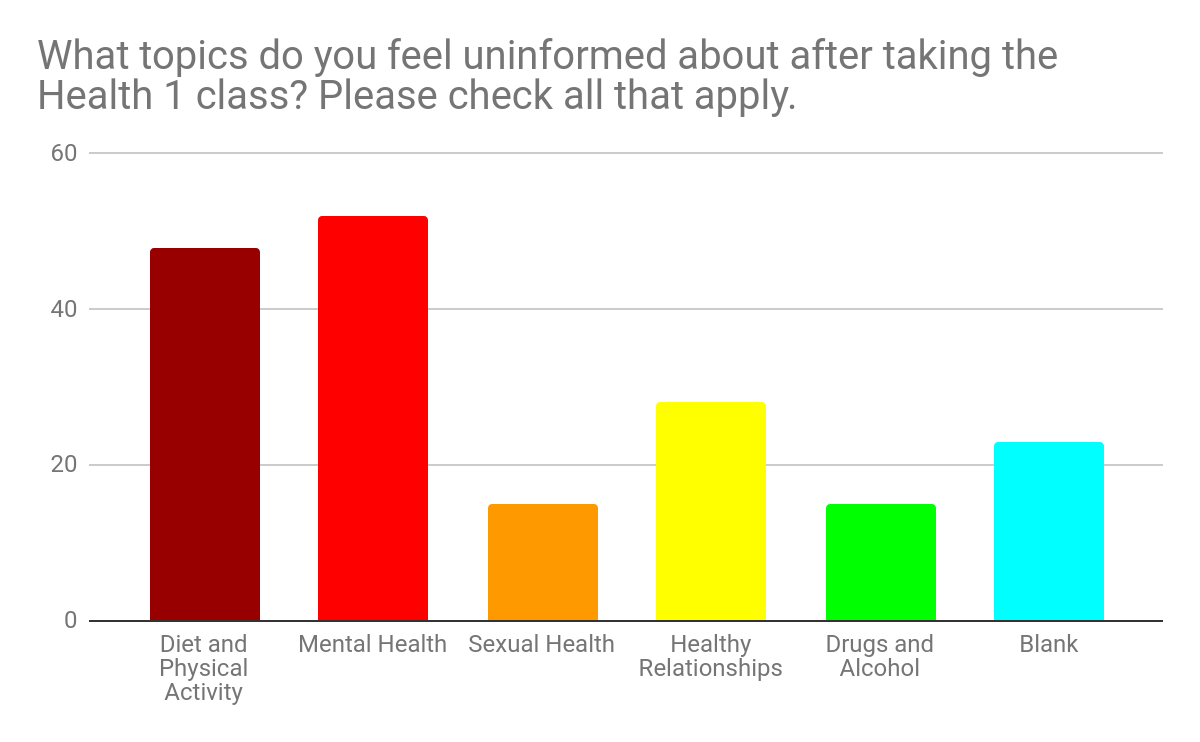
This simple survey turned up a wealth of information, but I am going to focus on one portion, sexual health. While the responses above make sexual health seem as if it is one of the most understood units, the data below says otherwise. As you can see, there is a high amount of understanding in the heterosexual and homosexual categories, a medium level in bisexual and transexual categories, and a low level in asexual, pansexual, and nonbinary categories. This lack of effective instruction for asexual, pansexual, and nonbinary creates an imbalance within the classroom setting, resulting in uncomfortable and uneducated youth. Students are not genuinely informed if they are not being educated on all genders and sexualities.
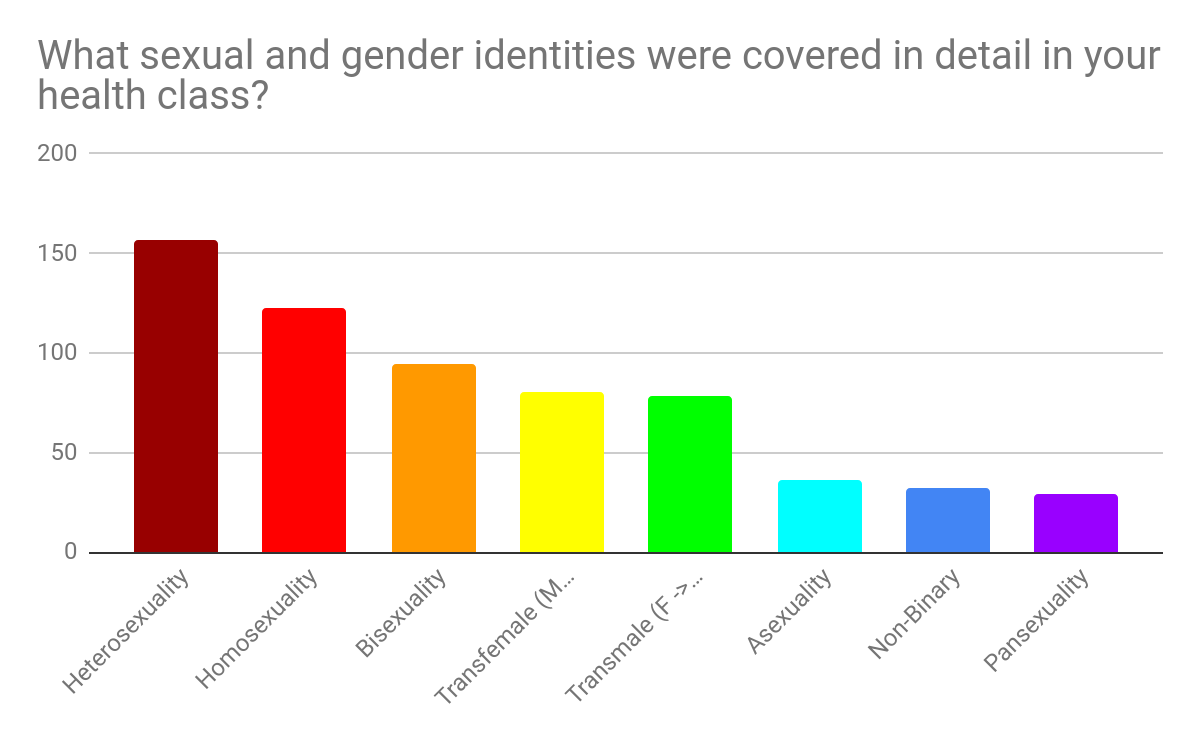
Students have expressed their need for a more LGBTQ+ inclusive sexual education. In our open question, “Is there anything else we should know about the MHS Health curriculum?”, we got several responses that resonated with this. One student states, “The lack of inclusivity in sexual health is wrong, very wrong. Nothing else is ever covered aside from heterosexuality.”, another says, “I feel like there should be a little more focus on LGBTQ+ health since it seems to be ignored a lot except when it’s mentioned briefly.” Even with the inclusion of non-cisgender heterosexual topics LGBTQ+ students feel glossed over and left out. An LGBTQ+ freshman in health 1 simply states, “We feel uncomfortable.”
Health classes need to be open, accepting, and relaxed spaces to be effective, uncomfortable students aren’t ready to learn. Having LGBTQ+ inclusivity in health curriculums will give students the support to feel safe in their school. In fact, according to the Gay, Lesbian, and Straight Education Network’s 2017 National School Climate Survey, students at schools with inclusive curriculums feel safer and miss less school.
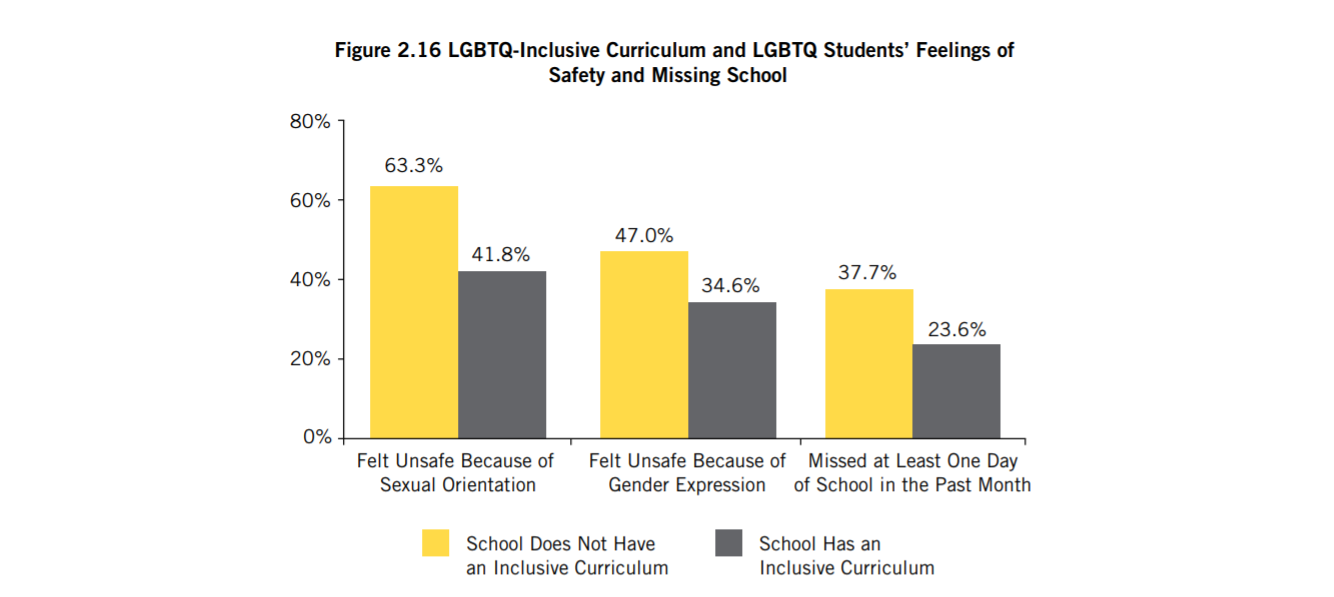
By listening to the voices of students, we can create a comprehensive health curriculum that gives youth the tools they need to be healthy citizens. Through the implementation of an LGBTQ+ inclusive sexual education, we can deliver the education students deserve.
This is one subsection of data from a simple four-question survey, to continue this project we will begin to format our supplemental curriculum pieces. We will be focusing on LGBTQ+ sexual health, mental health, healthy relationships, and how to effectively access resources. We hope these will strengthen MHS health courses and create more health-literate students.
